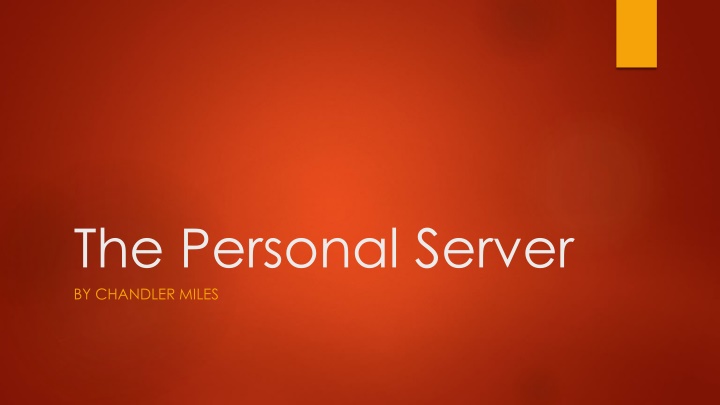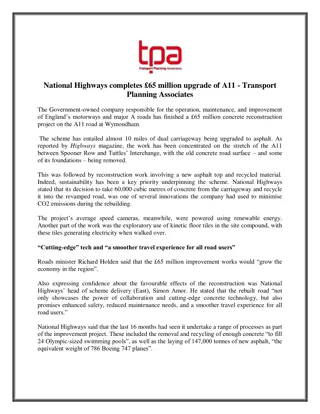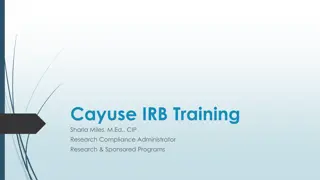
Exploring the Concept of Personal Servers in Ubiquitous Computing
"Discover the Personal Server concept in Ubiquitous Computing, a system enabling access to personal information on various devices. Learn about its motivations, usage, drawbacks, challenges, and a summary of its benefits and limitations."
Download Presentation

Please find below an Image/Link to download the presentation.
The content on the website is provided AS IS for your information and personal use only. It may not be sold, licensed, or shared on other websites without obtaining consent from the author. If you encounter any issues during the download, it is possible that the publisher has removed the file from their server.
You are allowed to download the files provided on this website for personal or commercial use, subject to the condition that they are used lawfully. All files are the property of their respective owners.
The content on the website is provided AS IS for your information and personal use only. It may not be sold, licensed, or shared on other websites without obtaining consent from the author.
E N D
Presentation Transcript
The Personal Server BY CHANDLER MILES
What is it? Ubiquitous Computing Concept in computer science where computing is made to appear everywhere and anywhere. (Computing can occur using any device, in any location, and in any format. The Personal Server A handheld, displayless device that stores a user s personal information and connects to public terminals through a PAN (Personal Area Network), emulating a desktop workspace.
Motivations Why use a Personal Server? Small, scaled down interfaces are inefficient to work on. Lack of personal data available on public terminals. Figure 1
How do I use it? Enter a room, and the Personal Server will query appropriate devices to interface with. Once connected, the filesystem of the server will mount itself onto the device, and a desktop workspace will appear.
Drawbacks and Challenges Security and Privacy TAMU Library might not appreciate you hijacking their television screen and using it as a workspace. Constantly querying network devices alerts malicious sources to your network presence. Convenient Interfaces With resolution and screen size varying wildly from device to device, it might be difficult to find the most convenient display format. Relies on communal devices and displays.
Summary The Personal Server eliminates the problems associated with doing efficient work on small interfaces, and accessing personal information that might not be available on a public terminal. By connecting to available community devices and mounting an emulation of a desktop workspace as well as the server s filesystem, users have a mobile desktop experience. Drawbacks exist for the Personal Server implementation, as well as Ubiquitous Computing in general.
Bibliography Want, Royu, Trevor Perring, Gunner Danneels, Muthu Kumar, Murali Sundar, and John Light. "The Personal Server: Changing the Way We Think about Ubiquitous Computing - Springer." The Personal Server: Changing the Way We Think about Ubiquitous Computing - Springer. 5 Sept. 2002. Web. 16 Oct. 2014.






















